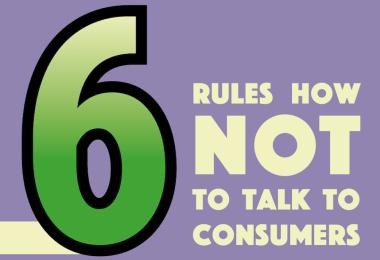It’s a small tool. Just a few lines of code. Yet one wine retailer who installed it on their website saw their sales increase 30% in three months. Australia’s Jacob’s Creek saw their new product ad reach 3.1m people.
“There is a huge variety of possibility,” said Sedat Aktas of the online wine store Geile Weines in Mainz, Germany, about what this small tool can do. “If you want more brand awareness, to target different people, if you want net sales,” it can help, he said.
It’s Facebook Pixel, one of Facebook’s business marketing tools.
Introducing Pixel
At its simplest, Pixel is just a few lines of code. When placed on a website, it will tag any visitor who is also logged into their personal Facebook account. Pixel collects anonymous information about the visitor, and lets the business use the data to improve their sales performance.
Trevor Cherewka, owner of digital marketing company Smashing Pixels in Brantford, Canada, said the wonderful thing about Facebook Pixel is that it works by itself, tagging viewers who come to the website and taking note of what they do. Even if the visitors don’t buy anything, Facebook Pixel will “just start following them around”.
Tracking pixels have been around since the invention of HTML and both annoy people and make them uncomfortable about privacy. The latter issue led directly to the creation of the EU’s Cookie Law, which says that any European website using cookies (a pixel is a type of cookie) must tell website visitors about it, and get them to agree (or not) to the cookies.
So why use pixels when they could turn people away? Because the potential results usually outweigh the potential turnoffs. According to the analytics company Heap, 4.7% of people, on average, buy what’s advertised after they are targeted by a Facebook ad: the normal conversion rate for e-commerce is 1.7%.
How it works
Working with Facebook Pixel is as simple as going to Facebook Ads Manager and clicking on “create a pixel”. Facebook will generate a code that can then be pasted into a website.
Facebook Pixel then gathers information from visitors on what actions they take and what products they like, while keeping the visitor anonymous. If a visitor puts a bottle of Bordeaux in the online shopping cart, but leaves without buying it, for example, Facebook Pixel records it. Facebook Pixel can then put targeted ads for that Bordeaux on other web pages the customer visits.
“That’s the magic part about it – you’re not just going in front of people willy-nilly,” but are sending targeted ads to people, said Cherewka.
Facebook Pixel groups visitors into audiences. The wine buyer thinking about that bottle of Bordeaux can be added to a group of likeminded Bordeaux lovers. Marketers have a name for these groups: “website customer audiences” or WCAs. Specific promotional or advertising campaigns can then be created and tailored for each group, increasing the chance of a sale by marketing to people who have already shown an interest in the product.
The ads themselves can be created inside Facebook’s Ads Manager. The cost of the advertising varies, as Facebook allows advertisers to set their own daily budget. Once the budget is reached, the ads stop. And Facebook doesn’t charge for the ads, but for the click-throughs. “As a marketer you don’t pay until the person clicks on the ad,” said Cherewka.
Pixel can also be used to market one product to different groups. “We can have text focused on a female audience,” says Aktas. By changing a few words of the text in the advertisement, “we can then focus it on a male audience, or an older male audience. But the message itself is the same,” just tailored to a specific set of customers.
Using Facebook Pixel in this way, Geile Weine increased its sales by an estimated 30% in three months – enough for Facebook to put them on its ‘Facebook for Business’ website as a success story.
Once a WCA is created, it can be used by Facebook Ads to find new customers. It creates “lookalike groups”, using things like demographics, interests, and hobbies. Facebook Ads can then look for individuals outside the WCA that share the same traits. If people fit the profile and are logged on to Facebook, the ads can find them.
“Pixel is just half of the coin, though,” said Aktas. “The other is the quality of the content.”
Aktas says that while Facebook Pixel can tell whether an advertising campaign works, or how many customers have shown an interest in a product, it can’t give any indication of whether the content of the ad is as effective as it can be.
“Finding what works is a constant work in progress. What we do is create different types of content. Usually one campaign has ten different copy versions,” so when they are sent out Pixel can show in numbers which version gets a better reach, said Aktas. “It measures what you put out there, but not what you should be putting out.”
Jason Sych
Trevor Cherewka, owner, Smashing Pixels








